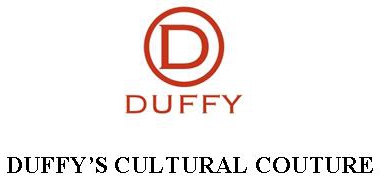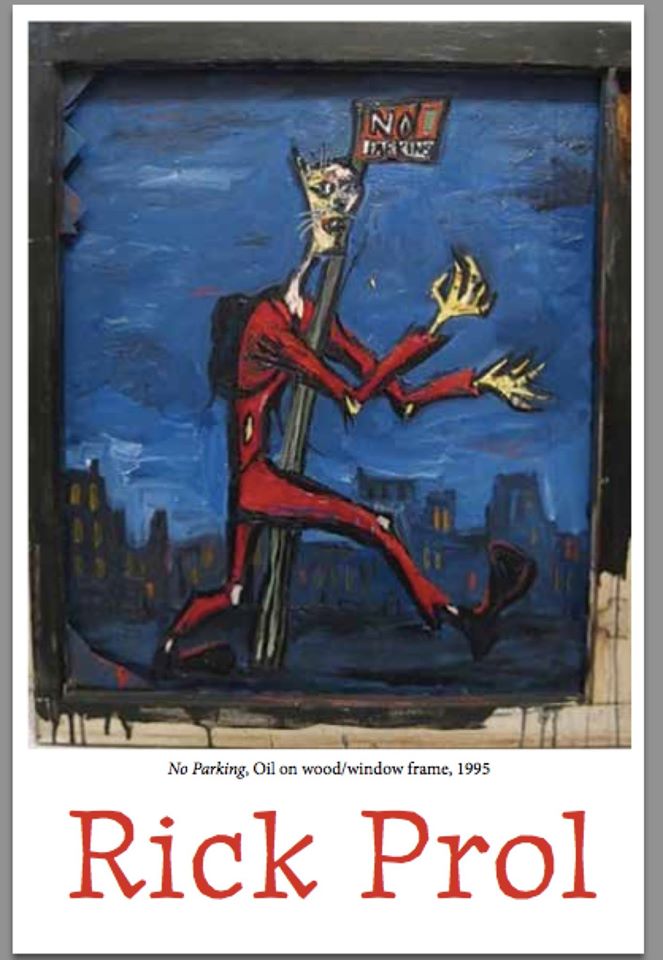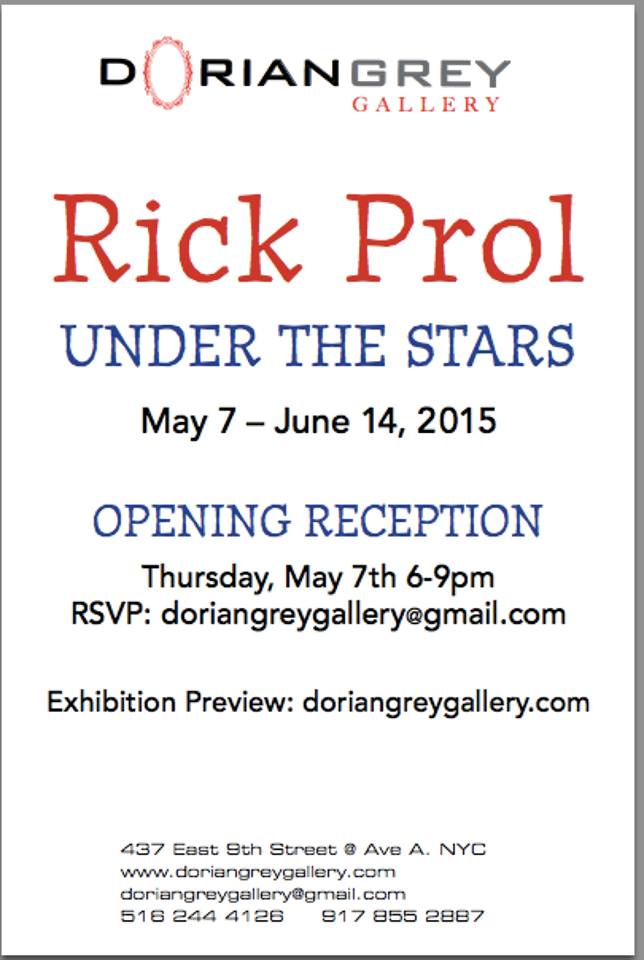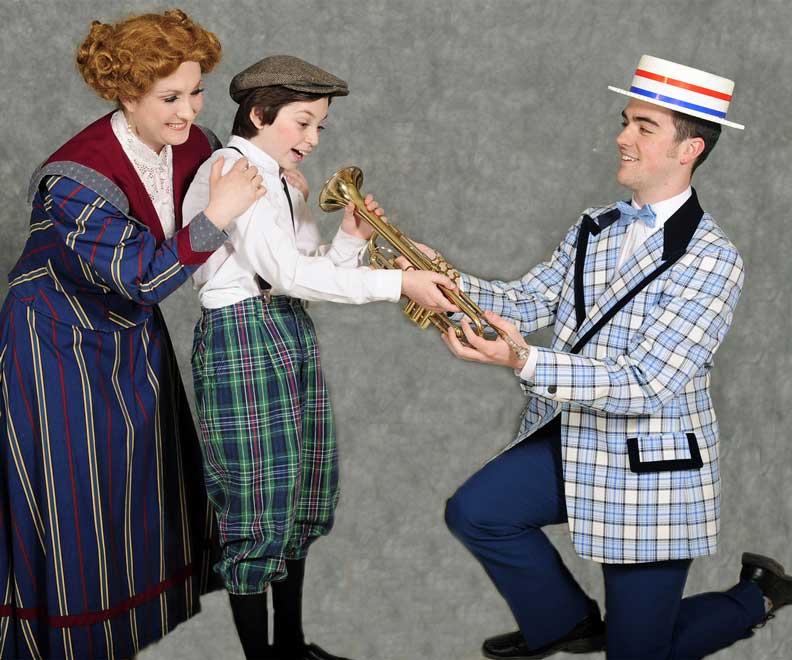Soviet Hyperrealists from the Dodge Collection at the Zimmerli Art Museum at Rutgers
Topic: ART NEWS

Soviet Hyperrealists from the Dodge Collection
at the Zimmerli Art Museum at Rutgers
The Zimmerli Art Museum at Rutgers continues to introduce the work of “unofficial” artists from the Soviet era to Western audiences with Through the Looking Glass: Hyperrealism in the Soviet Union, a new exhibition of art from the Norton and Nancy Dodge Collection of Nonconformist Art. On view through October 11, 2015, it is the first Zimmerli show to chart the development of Hyperrealism by artists who lived and worked in Estonia, Latvia, Lithuania, Russia, and Ukraine during the late 1970s and early 1980s. Many of these works have never been exhibited outside the former Soviet Union. The artists sought to dismiss the rhetoric, the heroic and idealized subjects, that they collectively recognized in Socialist Realism; However, their work shows that Hyperrealist art was, in fact, complex and multifaceted, often influenced by regional and creative backgrounds. Exploring various themes and mediums, they developed images of Soviet life that reflected their urban and social environments through documentary and metaphysical lenses.
“The general impulse that moved the artists' stylistic approach was dissatisfaction with the traditional picturesqueness that defines Socialist Realism,” observes Cristina Morandi, a Dodge Fellow at the Zimmerli and Ph.D. candidate in the Department of Art History at Rutgers, who organized the exhibition. “The title refers to Lewis Carrol´s book Through the Looking Glassbecause it plays with the concept of perception. Like the protagonist Alice – who steps through a mirror in her house – these artists discovered an alternative world: a reflected, specular version of the ‘official’ reality. They dismissed the idealized world that Socialist Realist propaganda presented by showing, instead, what were considered trivial subjects and banal situations. In expanding the definition of ‘realism,’ the artists also challenged the authorized vision of Soviet reality by emphasizing the role of the artist as creator.”
Hyperrealist artists found inspiration in Photorealism, which developed in the United States and Europe during the late 1960s and 1970s. It was introduced to audiences in the Soviet Union in 1975 by Armand Hammer when he loaned work from his personal collection for the Moscow exhibition Contemporary American Art. The un-idealized representations of reality – especially those by Chuck Close, Richard Estes, and Andy Warhol – encouraged Soviet artists to apply new methods of translating their reactions to their environments into art.
In the 1980s, Hyperrealism became a direct resonator of artists’ personal lives. Many focused on their routine activities, as well as those of the people around them, carefully constructing images intended as a critique of Soviet myths. Their subjects were not heroic laborers, or the grandeur of newly built urban factories and apartment blocks, but scenes of bleak city outskirts and mundane personal activities. They captured the undesirable aspects of the life in Soviet society, exposing what was hidden behind the facade of prosperity portrayed in officially sanctioned artwork. The movement also provided more opportunities for female artists to pursue art careers in an otherwise male-dominated Soviet art scene.
A selection of drawings and works on paper demonstrate their mastery of conveying even small detail. The subjects they embraced varied to show the diverse facets of daily life: street situations by Sergei Geta, urban youth by Alex Kutt, portraits combined with abstract elements by Marje Uksine. Printmaker Kaisa Puustak became recognized for her renderings of skyscrapers and railways, which often take on the appearance of photographs. The etchings Tall House I and Tall House II (both 1979) are removed from their realistic environment and raised to a higher level by their precise, symmetrical compositions.
A pairing of 1960s Baltic photography with paintings from the 1980s creates a visual dialogue between the two eras. Photographers – notably Zenta Dzividzinska and Aleksandras Macijauskas – elevated ordinary existence to an aesthetic experience with such innovative techniques as cropping boundaries, adopting unusual points of view, and magnifying details. The influence is apparent in Semyon Faibisovich’s Suburbs (1984) from his “City Bus” series. The painting captures aspects of his own experiences living in a gloomy suburb of Moscow, emphasizing crowded public spaces and revealing the psychological inner worlds of fellow citizens. Here, his subjects are represented as reflections in the vehicle’s multiple windows and mirrors. The figures overlap, making it difficult to distinguish exactly where one ends and another begins; yet, they do not interact, they are isolated. They become shadows of human existence enmeshed in their surroundings; allegories of the poor quality of life that characterized the final years of the Soviet Union.
Artists’ perceptions of their everyday environments, including common objects, also implied deeper meaning in them. With Seljanka (1975-79), Lemming Nagel combined Pop Art´s fascination with household items and the conceptual insertion of written language to create an oversize, three-dimensional version of this popular Estonian soup. It initially draws comparisons to Claes Oldenburg’s larger-than-life sculptures of food. However, Oldenburg’s sculptures are not exact copies of real objects; Nagel’s depiction is so precisely detailed that it could be “served” at a restaurant. But at nearly four feet in diameter, the bowl’s realism appears absurd, indicating the artist’s intention to encourage viewers to question the optical authority of “realism.”
Artists redefined the representation of the body in art, which had been an idealized archetype during the Stalinist era. Petrov’s Shoo! (1985), part of his “water paintings” series, presents an engaging perspective of a nude man and woman through their reflection on the water´s surface. The figures’ faces are muted, shadows distort their individual body parts, and ripples disrupt the surface, making the two appear somewhat otherworldly. Adding to the spatial ambiguity, the figures’ toes are visible at the edge of the water, as if the viewer is standing behind them while they lean down to look into the water. But, of course, the viewer is not reflected, creating an illusion that the figures in the painting are the onlookers.
Sergei Sherstiuk was among a younger generation of Hyperrealist artists whose work revealed new concerns. He was a member of the “Group of Six,” which was founded in Moscow in 1980 by the Ukrainian avant-garde painter and philosopher Alexander Tegin. Like several of his contemporaries, Sherstiuk redirected his attention from the urban environment to the artist´s personal and private world, his gaze imbuing trivial moments with metaphorical innuendo. His painting Islands (1982) glimpses the interior of a Soviet apartment, lifting a curtain that covers the alleged privacy of domestic life. It shows a woman and man (with their backs to the viewer) sitting in rigid chairs in a barren room, watching a tiny television on a wall shelf. Despite the close quarters, they seem very distant from each other; and their individual isolation acts as an allegory for the general condition of poverty and alienation experienced by the Soviet population during the 1980s.
“Though these works were created more than three decades ago, the sense of alienation, disillusion, and confusion implied by many of the artists remains relevant in today’s worldwide political and economic climate,” noted Marti Mayo, the Zimmerli’s interim director. “It also provides a unique perspective for audiences – a realistic look at what life was like for a society that was veiled from the majority of Americans and Europeans. Younger audience members will gain a better sense of the change in relations between the United States and the Soviet Union, a change that occurred within the last generation and that has long lasting effects.”
Through the Looking Glass: Hyperrealism in the Soviet Union was organized by Cristina Morandi, a Dodge Fellow at the Zimmerli and Ph.D. candidate in the Department of Art History at Rutgers. Her areas of study are Estonian and Russian nonconformist art, critical theory, Realism, and 20th-century art. Morandi’s dissertation is devoted to the study of Soviet Hyperrealism in the Baltic countries and Russia in the 1970s and 1980s. The exhibition is made possible by the Avenir Foundation Endowment Fund.
Posted by tammyduffy
at 12:01 AM EDT






